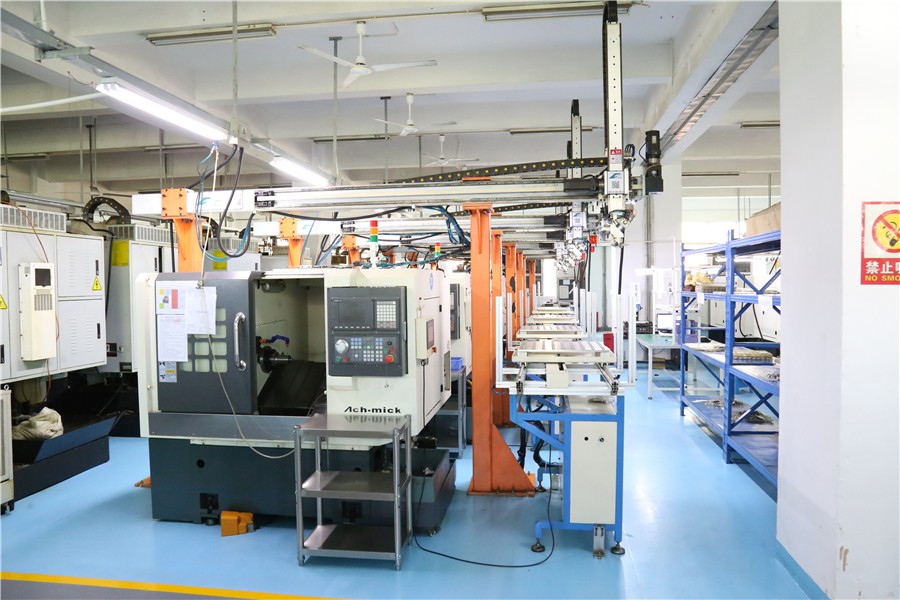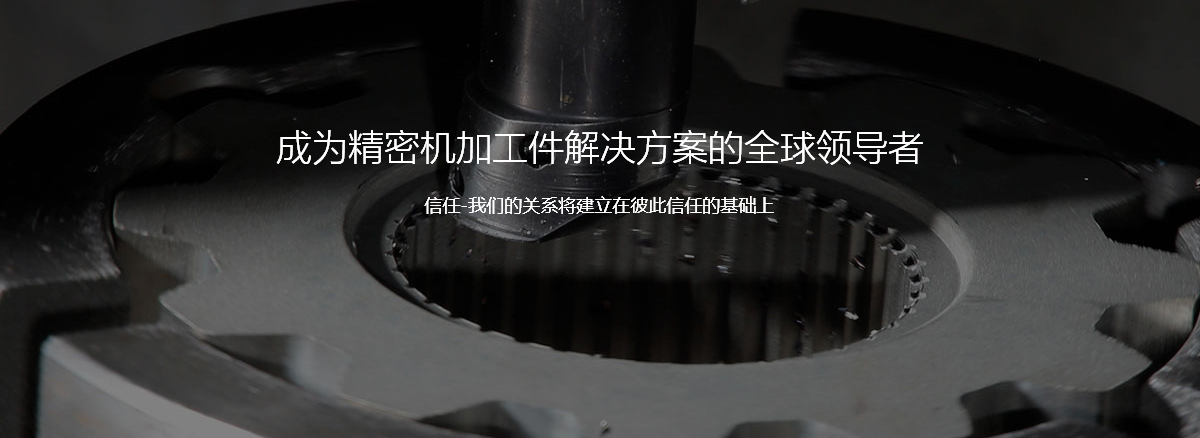When distinguishing processes in CNC machining, it is necessary to flexibly grasp the structure and craftsmanship of the parts, the functions of CNC machining centers, the amount of CNC machining content, installation times, and the production organization of the unit. It is also recommended to use the principle of process aggregation or process dispersion, which should be confirmed based on the actual situation, but must strive to be reasonable. The differentiation of processes can generally be carried out according to the following methods:
1. Tool assembly and sorting method.
This method is to distinguish the processes based on the tools used, and use the same tool to process all the parts that can be completed. In order to reduce the time for tool change, shorten the idle time, and reduce unnecessary positioning errors, parts can be processed according to the method of tool assembly process, that is, in one clamping process, use one tool as much as possible to process the parts that may be used, and then use another tool to process other parts. This can reduce the number of tool changes, shorten the idle time, and reduce unnecessary positioning errors.

2. Sort by processing location.
The structural shape of each part is different, and the skill requirements for each surface are also different. Therefore, during processing, the positioning method varies, so the process can be distinguished based on the different positioning methods.
For parts with a lot of processing content, the processing part can be divided into several parts according to its structural characteristics, such as internal shape, external shape, curved surface or flat surface. Generally, the plane and positioning surface are processed first, and then the hole is processed; First, process a few simple shapes, and then process a few messy shapes; First process the parts with lower accuracy, and then process the parts with higher accuracy requirements.
3. Sort by rough and fine machining.
When distinguishing processes based on factors such as machining accuracy, stiffness, and deformation of parts, the principle of separating rough and fine machining can be used to distinguish processes, that is, first rough machining and then fine machining. In this case, different machine tools or cutting tools can be used for processing; Regarding parts that are prone to machining deformation, due to the deformation that may occur after rough machining, they need to be calibrated. Therefore, generally speaking, all processes that require rough and precision machining must be separated.


